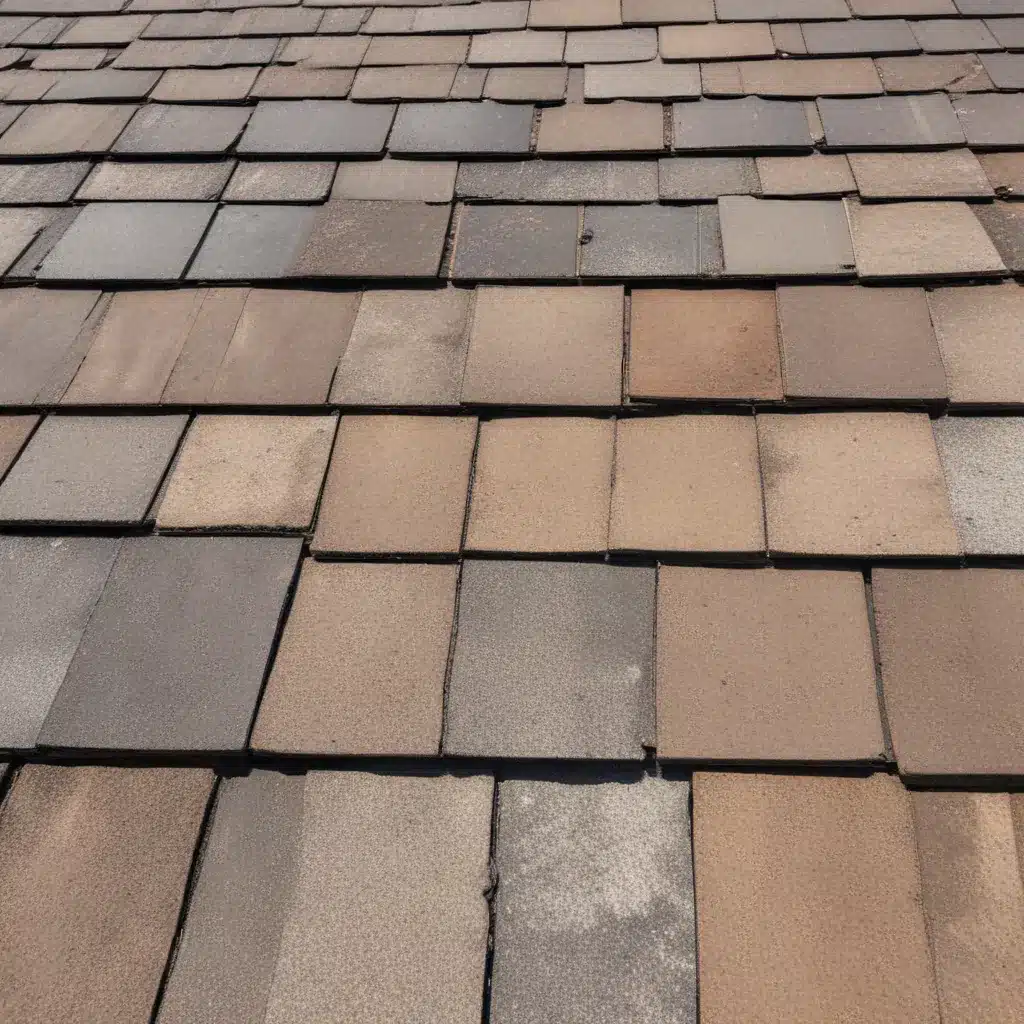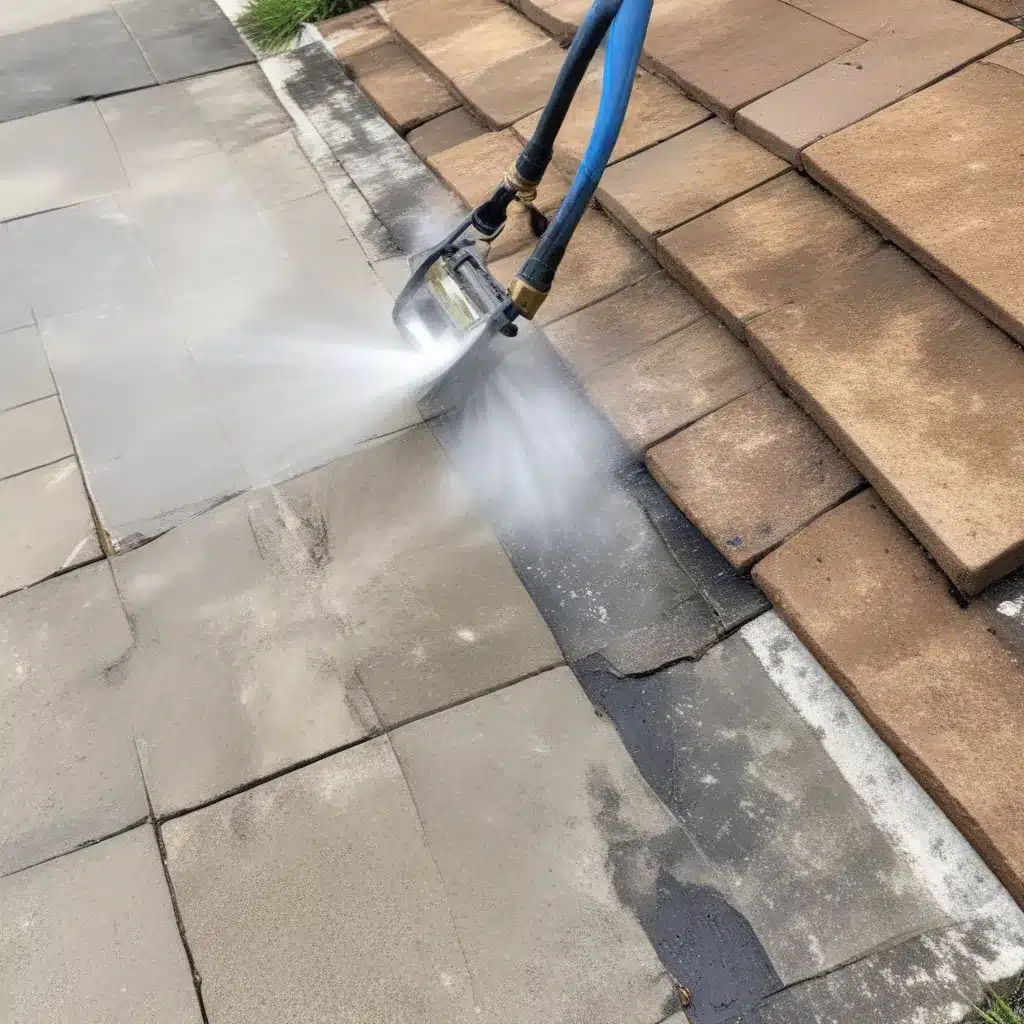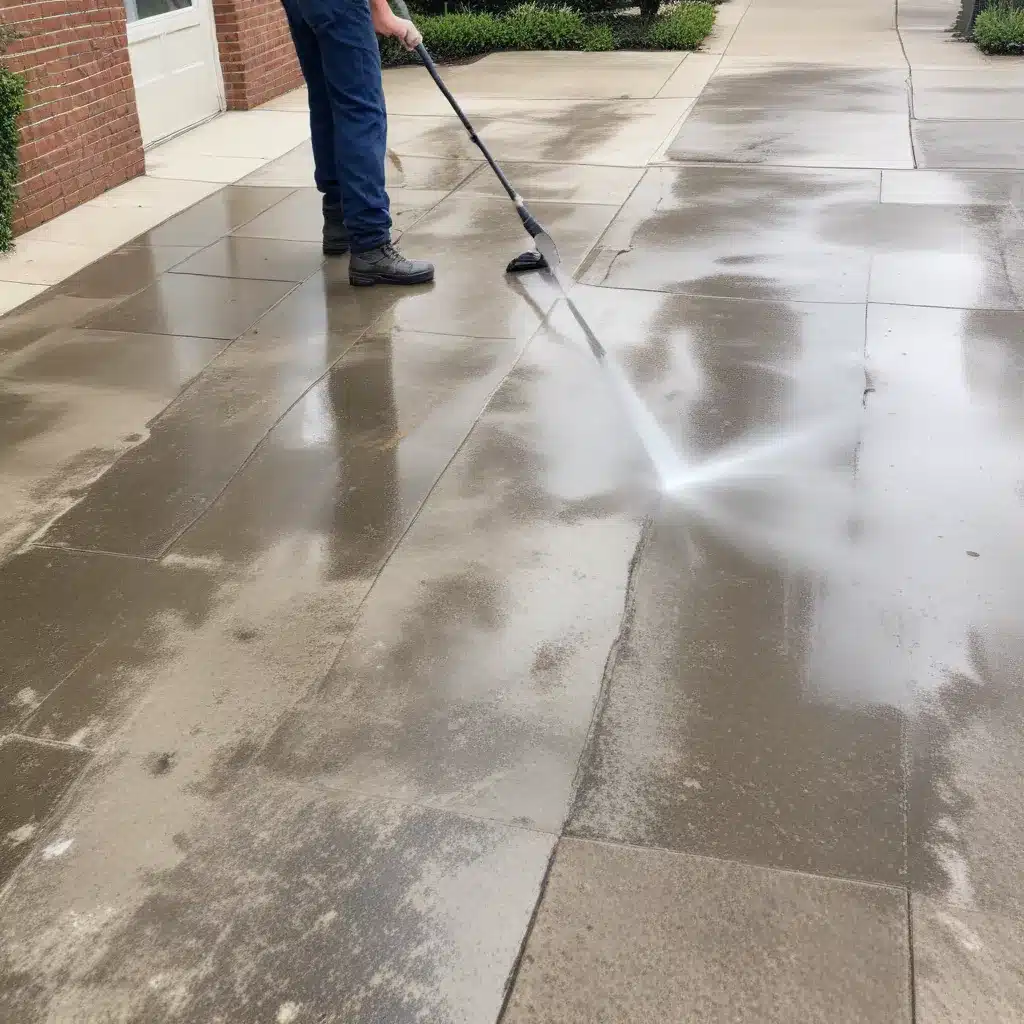
Soft washing or high-pressure washing, the choice between these two cleaning methods can significantly impact the outcome of your exterior cleaning projects. While soft washing offers gentle yet effective cleaning, high-pressure washing provides a more powerful approach. Understanding the nuances between these techniques is crucial for achieving optimal results and preventing damage to your surfaces. Let’s explore the intricacies of soft washing versus high-pressure washing to help you make informed decisions for your next cleaning endeavor.
Key Takeaways
- Soft washing is gentle, eco-friendly, and safe for delicate surfaces.
- High-pressure washing is powerful, efficient, and versatile for tough grime.
- Soft washing is cost-effective with lower maintenance needs.
- Choose the cleaning method based on safety, environmental impact, and surface compatibility.
Benefits of Soft Washing
When I think about the benefits of soft washing, the first thing that comes to mind is its gentle approach to cleaning surfaces. It’s like giving your house a soothing spa day instead of a rough scrub down at a boot camp. Soft washing uses low-pressure water combined with biodegradable chemicals to gently remove dirt, mold, mildew, and other grime from your exterior surfaces. This eco-friendly solution not only keeps your home looking fresh but also helps protect the environment by using safe cleaning agents.
Imagine soft washing as a gentle hug for your house, compared to the aggressive tactics of high-pressure washing, which can sometimes feel like a relentless water gun attack. With soft washing, delicate surfaces like painted wood, stucco, or vinyl siding can be cleaned effectively without the risk of damage. It’s like whispering sweet nothings to your home, ensuring it stays beautiful without any harsh treatment. So, if you want a thorough clean that’s kind to both your house and the planet, soft washing is the way to go!
Advantages of High-Pressure Washing
I’ve found that high-pressure washing packs a powerful punch when it comes to cleaning. It’s an efficient method that can tackle stubborn dirt and grime with ease. From blasting away mold to removing tough stains, high-pressure washing gets the job done effectively.
Power of Pressure
High-pressure washing delivers a thorough and effective cleaning method for tough grime and stubborn stains. When it comes to the power of pressure, here’s why high-pressure washing takes the cake:
-
Blast Away Grime: High-pressure washing is like a superhero for dirt, grime, and mildew. It blasts away these villains with ease.
-
Speedy Cleaning: With high pressure, cleaning tasks that would take ages with a scrub brush are done in a fraction of the time.
-
Versatility: High-pressure washers can be adjusted for different surfaces, giving you control over the pressure to suit various cleaning needs.
-
Precision Cleaning: The concentrated force of high-pressure washing can target specific areas with accuracy, leaving no stain behind.
Efficient Cleaning Method
Efficiency reigns supreme when utilizing high-pressure washing as a cleaning method due to its exceptional power and speed in removing dirt and grime effectively. High-pressure washing is like the superhero of cleaning, swooping in to save the day with its time-saving techniques. With a blast of water at high pressure, it’s like waving a magic wand that makes dirt disappear in an instant. Plus, this method is not only quick but also eco-friendly, using water efficiently without the need for harsh chemicals. So, not only are you saving time, but you’re also being a planet-saving warrior. High-pressure washing: making cleaning fast, effective, and environmentally friendly – all in one go!
Removes Tough Stains
When tackling tough stains, there’s no match for the sheer power and precision of high-pressure washing. It’s like bringing a water bazooka to a stain fight! Here’s why it reigns supreme in the stain-busting arena:
- Stain removal techniques: High-pressure washing uses brute force to blast away stubborn stains, leaving surfaces looking fresh and clean.
- Tough grime solutions: Say goodbye to gunk and grime that have overstayed their welcome; high-pressure washing obliterates them with ease.
- Precision targeting: It’s like being a stain-sniper, taking down dirt and grime with accuracy and efficiency.
- Fast and effective: High-pressure washing gets the job done quickly, so you can spend less time scrubbing and more time enjoying your spotless surroundings.
Key Differences Between Soft Washing and High-Pressure Washing
Soft washing and high-pressure washing differ significantly in their cleaning methods and the level of pressure they apply to surfaces. Soft washing, like a gentle hug for your home, uses a low-pressure spray to apply a mix of eco-friendly cleaning solutions. It’s like giving your house a spa day – relaxing and rejuvenating. This gentle cleaning approach is not only effective but also a cost-effective solution in the long run, saving you from potential damage that high-pressure washing might cause.
On the other hand, high-pressure washing is like bringing out the big guns. It uses high-pressure water to blast away dirt and grime, like a superhero fighting off villains. While high-pressure washing is great for tough stains on hard surfaces like concrete, it might not be the best choice for more delicate surfaces like your home’s siding. So, when deciding between soft washing and high-pressure washing, think about whether you want a soothing spa treatment or an action-packed superhero showdown for your surfaces.
Best Uses for Soft Washing
For surfaces requiring a gentle approach that prioritizes long-term care, soft washing emerges as the optimal choice. When it comes to delicate surfaces or areas where a low impact cleaning method is essential, soft washing shines brightly. Here are four scenarios where soft washing works wonders:
-
Plant Preservation: Soft washing is perfect for cleaning surfaces near plants or delicate foliage. Its gentle cleaning approach ensures your plants remain unharmed while still achieving a pristine finish.
-
Gentle Cleaning: Whether it’s the exterior of your home or a vintage statue, soft washing gently removes dirt and grime without causing damage. It’s like giving your surfaces a spa day!
-
Siding Care: Soft washing is ideal for cleaning vinyl siding, stucco, or wood without the risk of chipping paint or causing structural damage.
-
Roof Maintenance: Soft washing is excellent for roof cleaning, preventing damage to shingles and ensuring your roof’s longevity.
In essence, soft washing isn’t just about cleanliness; it’s about showing your surfaces some tender, loving care.
Ideal Situations for High-Pressure Washing
In high-impact cleaning situations, nothing beats the power and efficiency of high-pressure washing. When it comes to tackling tough jobs like rust removal, high-pressure washing is like bringing in the big guns. Picture this: a relentless stream of water blasting away at that stubborn rust, leaving surfaces looking as good as new. It’s like waving a magic wand, but instead of saying “Abracadabra,” you just pull the trigger.
Now, let’s talk graffiti cleaning. Those pesky vandals may have thought they were being artsy, but with high-pressure washing on your side, their handiwork doesn’t stand a chance. The sheer force of the water can obliterate even the most stubborn graffiti, making it disappear faster than you can say “street art.”
Choosing the Right Method for Your Cleaning Needs
When deciding between soft washing and high-pressure washing, it is crucial to consider factors like the type of surface being cleaned and the level of grime or dirt present. Additionally, one must weigh the environmental impact of each method to make an eco-conscious choice. By evaluating these aspects, you can determine the most suitable cleaning technique for your specific needs.
Method Selection Factors
When determining the appropriate cleaning method for your specific needs, it is essential to consider various factors that can impact the effectiveness and safety of the process. Here are some key considerations to help you choose between soft washing and high-pressure washing:
- Cost Efficiency: Soft washing may be more cost-effective for larger surface areas due to lower water and chemical usage.
- Equipment Maintenance: High-pressure washing equipment often requires more maintenance to ensure optimal performance.
- Safety Concerns: Soft washing is gentler and safer for delicate surfaces, minimizing the risk of damage.
- Environmental Impact: Soft washing typically uses eco-friendly solutions, making it a greener option for cleaning needs.
These factors will guide you in selecting the most suitable method for your cleaning tasks.
Surface Compatibility Considerations
Considering the specific surfaces you need to clean, it’s crucial to match the right cleaning method to ensure optimal results and protection. When deciding between soft washing and high-pressure washing, think about the surface material and the level of grime you’re dealing with. Soft washing is great for delicate surfaces like wood or stucco, while high-pressure washing is better suited for tougher materials like concrete or metal. Here’s a handy table to help you choose the right method for your cleaning needs:
| Surface Material | Soft Washing | High-Pressure Washing |
|---|---|---|
| Wood | ✔️ | ❌ |
| Stucco | ✔️ | ❌ |
| Concrete | ❌ | ✔️ |
| Metal | ❌ | ✔️ |
| Brick | ✔️ | ✔️ |
Environmental Impact Comparison
Have you ever wondered about the environmental impact of choosing between soft washing and high-pressure washing for your cleaning needs? When it comes to deciding which method to use, considering the environmental impact is crucial. Here’s a fun comparison to help you understand the implications:
- Chemical Runoff: Soft washing reduces the amount of harmful chemicals that end up in the environment compared to high-pressure washing.
- Water Conservation: Soft washing uses less water overall, making it a more environmentally friendly option.
- Energy Usage: High-pressure washing consumes more energy than soft washing, contributing to a higher carbon footprint.
- Cost Effectiveness: Soft washing may initially seem more expensive, but in the long run, its environmental benefits can outweigh the costs.






